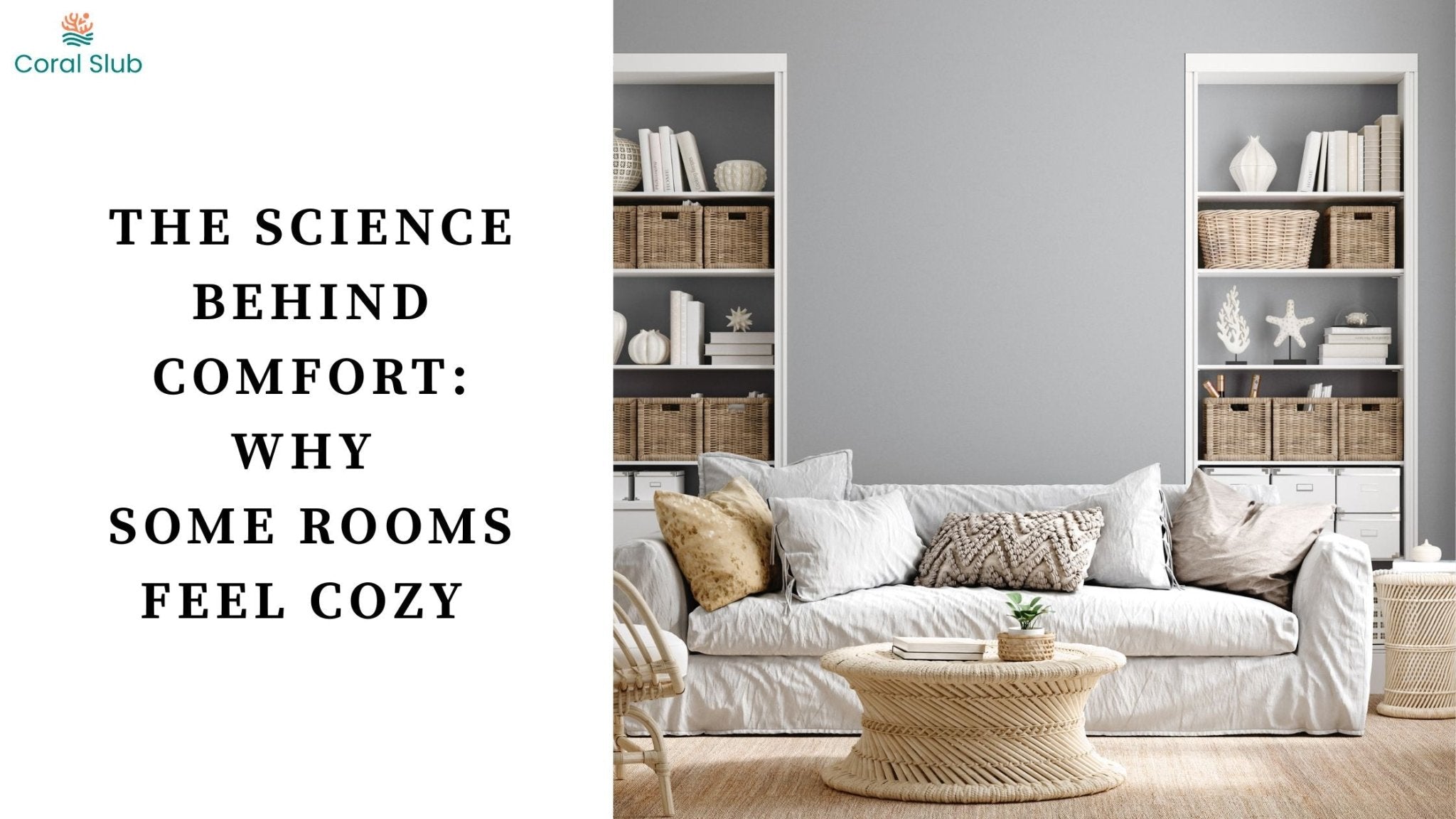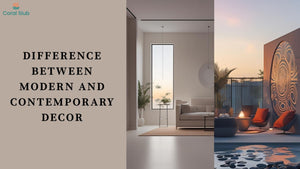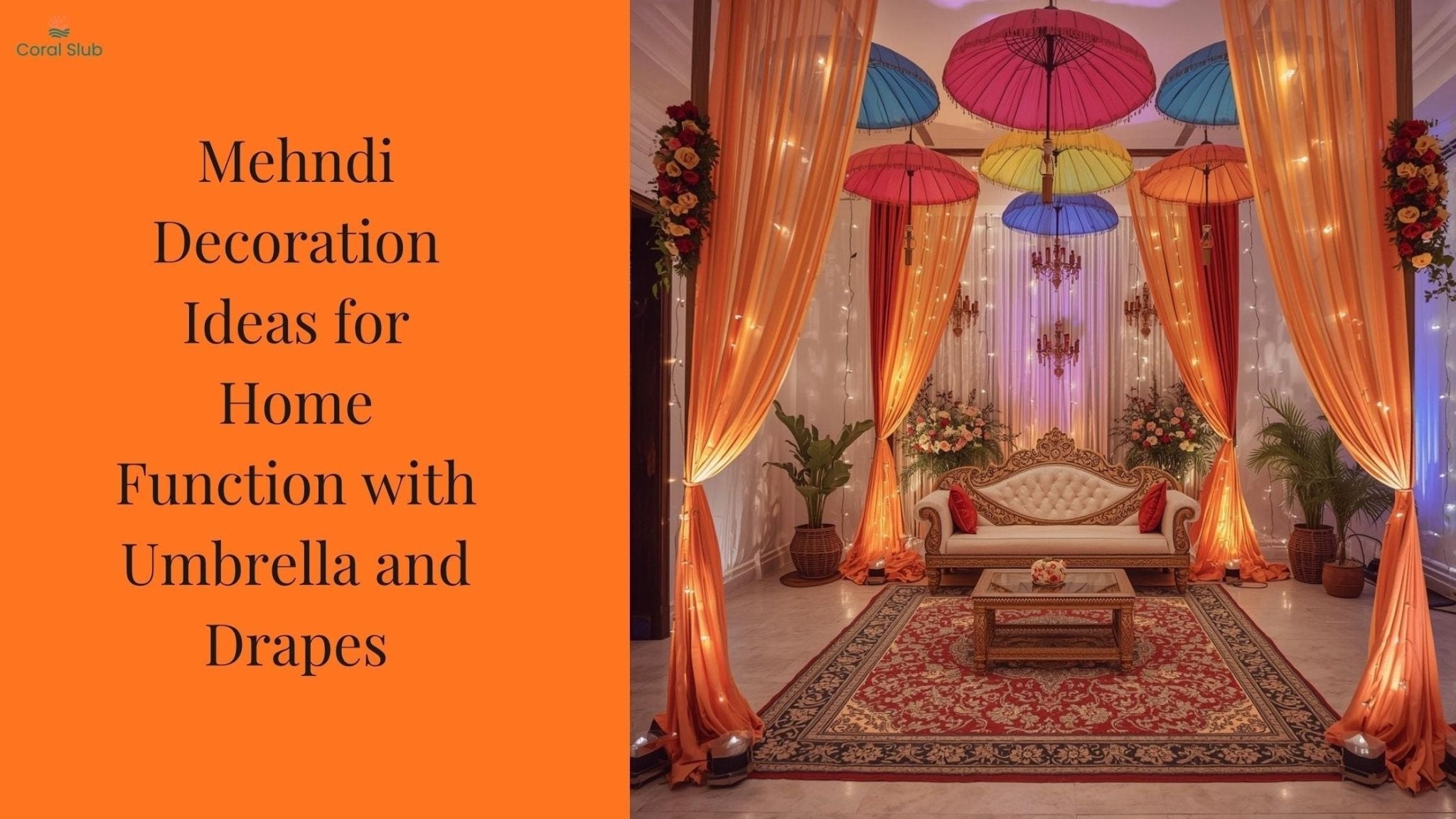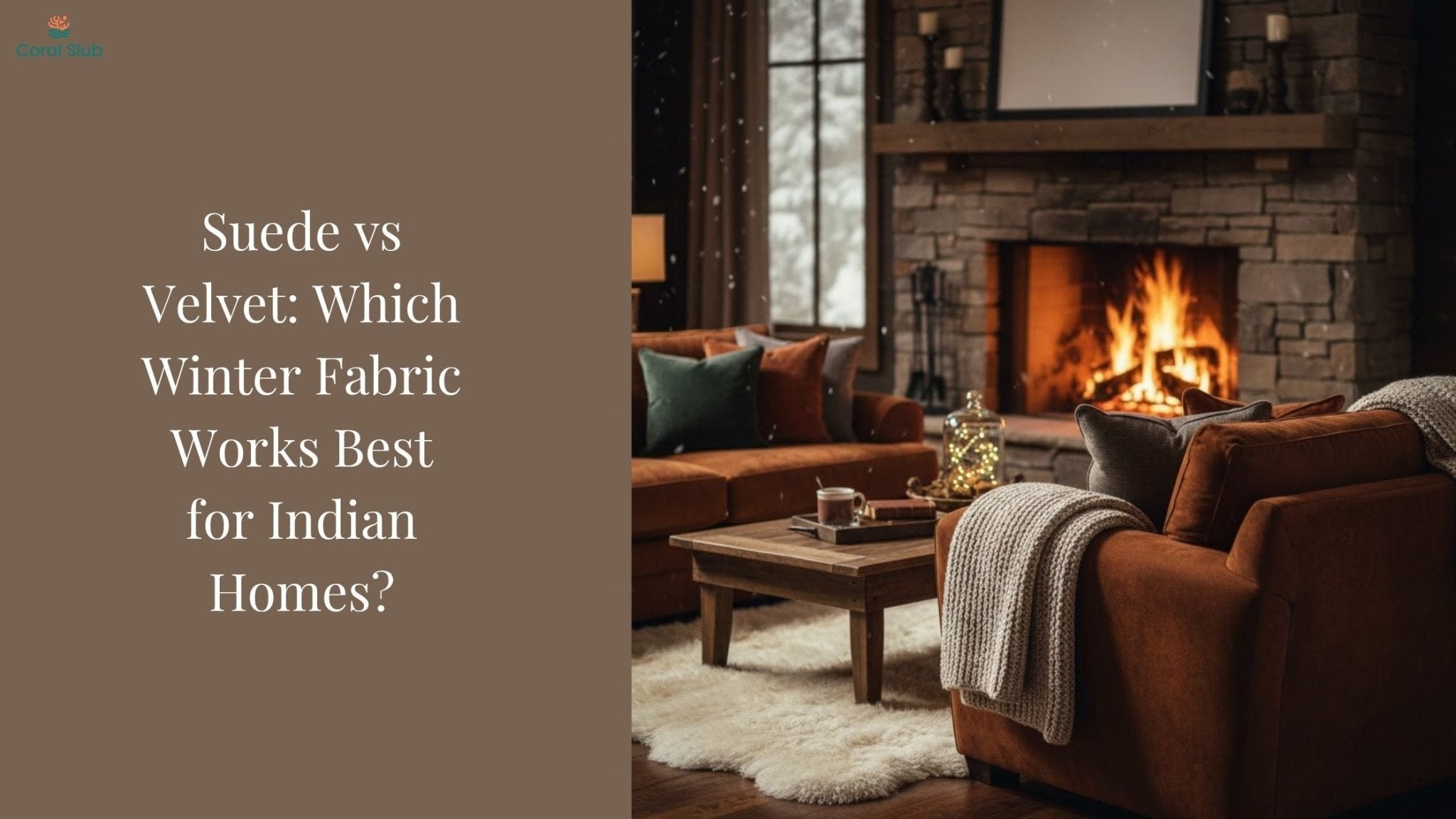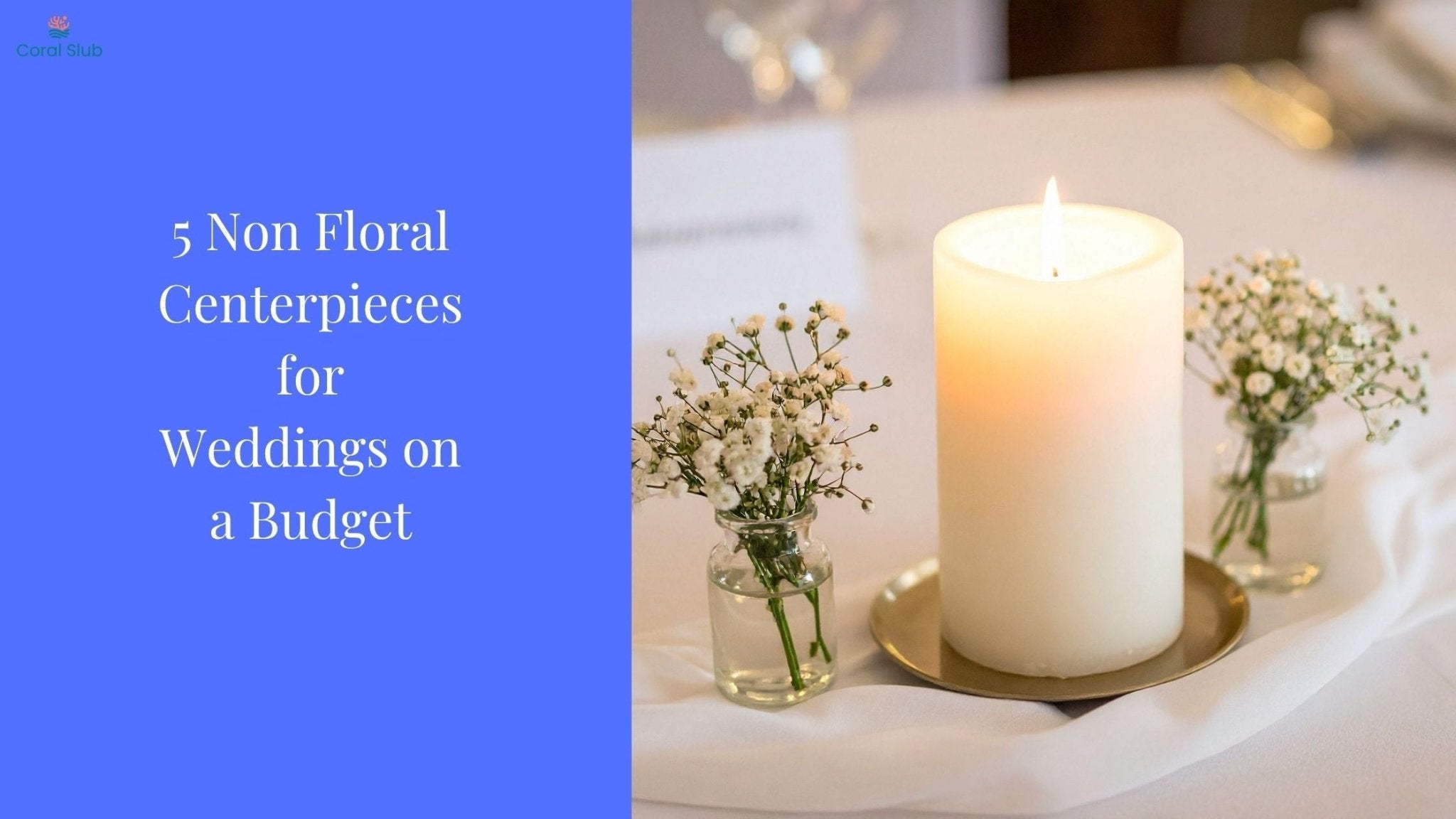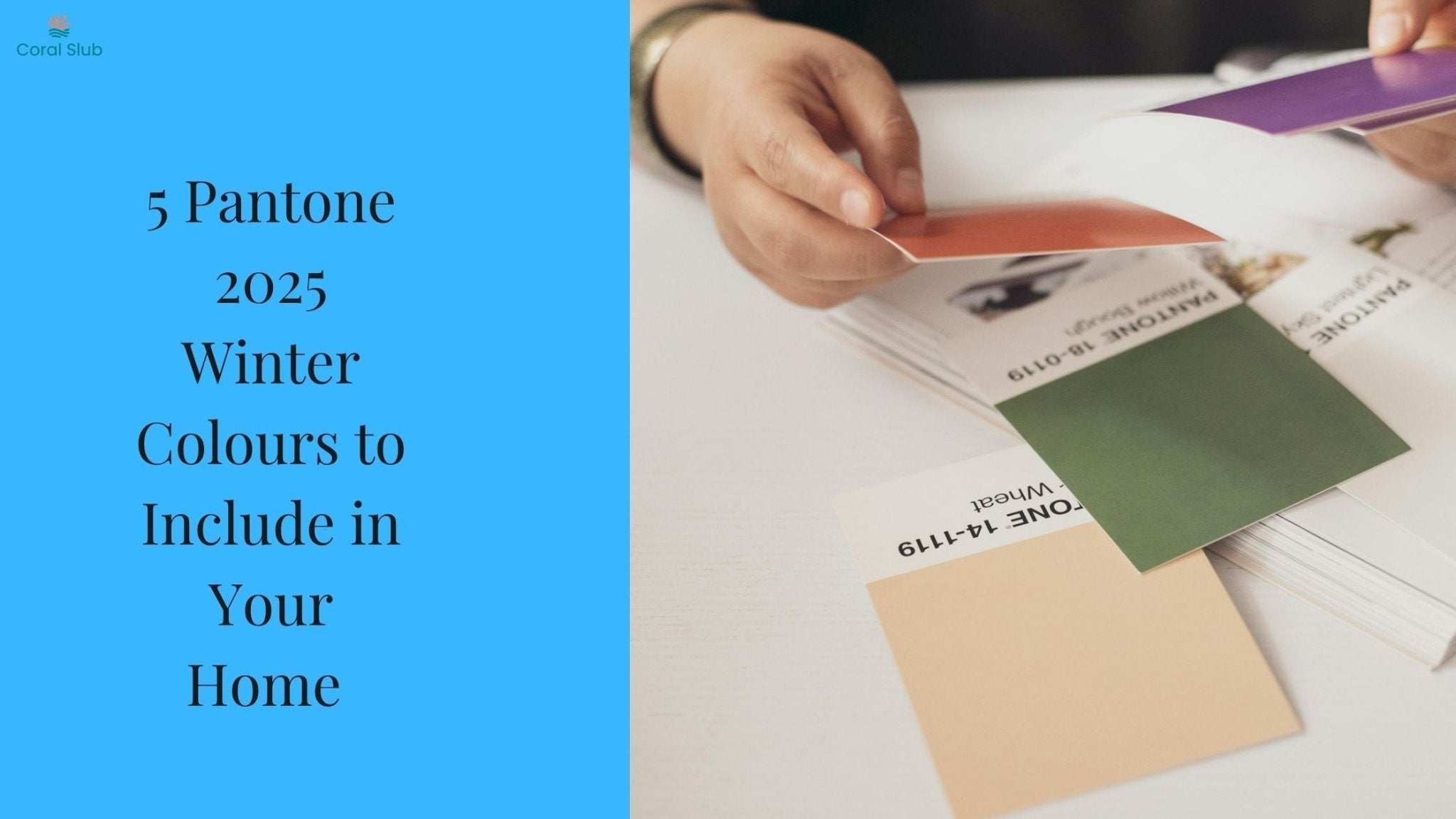Ever walked into a room and instantly felt at home, while another space left you feeling uncomfortable and eager to leave? There's actual science behind why some rooms feel inviting while others feel sterile. Understanding these principles can help you create the cozy atmosphere you crave.
The Psychology of Warmth

- Color Temperature Matters: Warm light (2700K-3000K) triggers our brain's relaxation response, while cool blue light keeps us alert. That's why candlelight and firelight feel so comforting, they emit warm, amber tones that signal safety to our primitive brain.
- Visual Weight: Cozy rooms have visual "weight" through darker colors, rich textures, and substantial furniture. Light, sparse rooms can feel cold because they lack this psychological anchoring.
Physical Comfort Factors
- Actual Temperature: Obviously, but the ideal comfort zone is 20-30C. However, perceived warmth is influenced by humidity, air circulation, and surface temperatures.
- Soft Surfaces: Hard surfaces like tile, concrete, and metal reflect sound and feel cold to touch. Soft materials like cushion covers, rugs, and upholstered furniture absorb sound and warmth, creating acoustic and physical comfort.
- Layered Lighting: Overhead lighting alone feels harsh. Cozy rooms layer multiple light sources table lamps, floor lamps, and accent lighting, creating pools of warm illumination.
The Enclosed Feeling Effect

- Ceiling Height: Lower ceilings (8-9 feet) feel more intimate than soaring 12+ foot ceilings. High ceilings can feel grand but often lack coziness.
- Defined Spaces: Open floor plans can feel cold because they lack boundaries. Creating defined seating areas with rugs, furniture arrangement, or room dividers adds intimacy.
Texture and Pattern Psychology

- Tactile Variety: Smooth, shiny surfaces feel cold, while textured materials like knits, woven fabrics, and natural wood feel warm. Mix textures through throw pillows, cushion covers, blankets, and wall treatments.
- Pattern Scale: Small-scale patterns feel cozy and intimate, while large patterns or stark minimalism can feel overwhelming or cold.
Natural Elements

- Biophilic Design: Humans are hardwired to feel comfortable around natural elements. Wood, stone, plants, and natural light all contribute to feelings of warmth and well-being.
- Curved vs. Angular: Soft curves in furniture and decor feel more welcoming than sharp angles, which can subconsciously trigger stress responses.
Creating Instant Coziness

- Layer Soft Textiles: Add throw blankets, textured cushion covers, and area rugs to introduce warmth and comfort.
- Warm the Walls: Paint colors in warm undertones or add wood paneling to eliminate the "cold wall" effect.
- Control the Light: Install dimmer switches and add multiple lamp sources to create adjustable ambiance.
- Fill Empty Corners: Bare corners feel unfinished. Add a plant, reading chair, or decorative element to make spaces feel complete.
The Science Summary
Cozy rooms succeed because they satisfy multiple human comfort needs simultaneously: physical warmth, psychological safety, acoustic comfort, and visual harmony. Cold rooms typically fail in one or more of these areas, creating an unconscious sense of unease.
The secret isn't expensive renovations.It's understanding how light, texture, colour, and arrangement work together to create spaces that feel like home.

